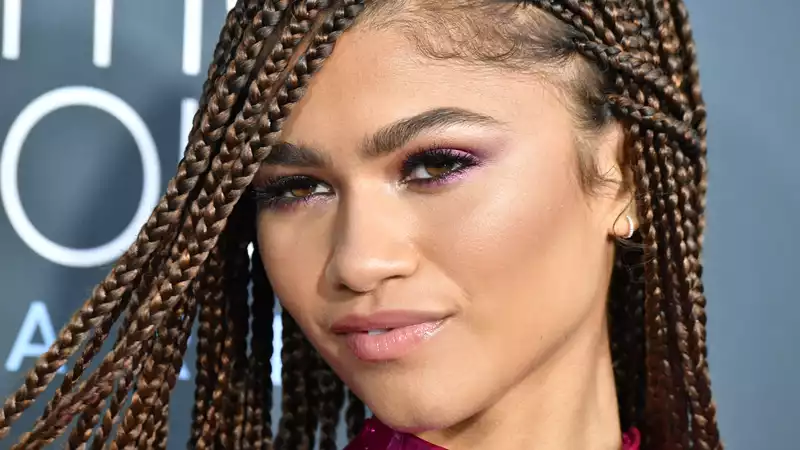
Knotless Braids: The Ultimate Guide
When I was a little girl, going to the local beauty parlor to have my hair braided was a sure sign that summer was near. My mother raved about how blessed I was to have thick hair, but insisted that if I wanted to spend time at the pool or beach, I braided my hair to protect it from the elements. For many black girls, the memory of rocking a number of braided looks (open in new tab) is forever etched in their minds: "I have vivid memories of my girlhood in Jamaica. I have vivid memories of my childhood in Jamaica. Almost religiously, every Sunday, my big sister would wash my hair and sit me on the ottoman in front of her to get me ready for the upcoming school day," recalls Lacey Redway, Unilever Global Hair Care Brand Ambassador (new Open in tab)." She first did a bantu knot to elongate my hair while it dried, and then did a braided and twisted style (opens in new tab) using barrettes and clips."
And now we are seeing our favorite braids and twists being talked about on social media and virtual red carpets. One that is particularly popular right now is the knotless braid. Here, Redway guides you through the entire process.
Traditionally, when someone makes a box braid, each braid begins with a knot at the base that secures the hair extensions. The "knotless braid is attached by feeding small strands of hair, little by little, into the three braids until they reach the desired thickness. This way, the knots are eliminated and the hairstyle becomes more seamless," says Redway. 'As the hair is extended in length and thickness, the braids appear to grow straight out from the scalp.'
This feed-through braiding technique is highly regarded for being painless, light, and less stressful on the scalp and hairline.
"For any protective style, hair prep should start with a foundational step, a step that helps lock moisture into the hair strands before braiding," advises Redway, who uses the Nexxus Curl Define series, she recommends. Knotless braids are considered a low-tension protective style, but be sure to focus a little extra TLC on your hair during the preparation phase to minimize future breakage.
Pros: Protective styles are a great way to get out of the daily hair handling. Some people grow out their hair in low-tension hairstyles like knotless braids. What's more, knotless braids offer a wide range of styling options and are just golden.
Cons: Too much abuse of a good thing can be a bad thing. 'Resting your natural hair in any hairstyle is a good idea.' Repeating braids over and over can be hard on your hair, causing breakage and damage," Redway explains. You also want to make sure that your stylist is not only taking care of the finished hairstyle, but also taking care of your hair.
The longevity of knotless braids comes down to your maintenance routine. Says Redway, who swears by Tresemme Pro Pure Leave-In Conditioner, "Use a spray-on leave-in conditioner to keep your hair hydrated." Also consider that braids start with natural strands, so you may experience frizz after a couple of weeks of wear. Wrap your braids in a silk wrap or bonnet (open with a new tab) before bed. For optimal natural hair health, Redway recommends wearing any braided style for up to six weeks.
"It really depends on your location, the salon's location, the stylist, and the price based on their services (how they place value). It also depends on whether the artist chooses to charge by the hour or a flat rate," Redway explains. "For hourly services, the size and length of the braids, the size of the head, and the density of the hair will greatly affect the cost." The average cost is $150 to $400, he says. But the mesmerizing results and versatility make it worth it."
.
Comments